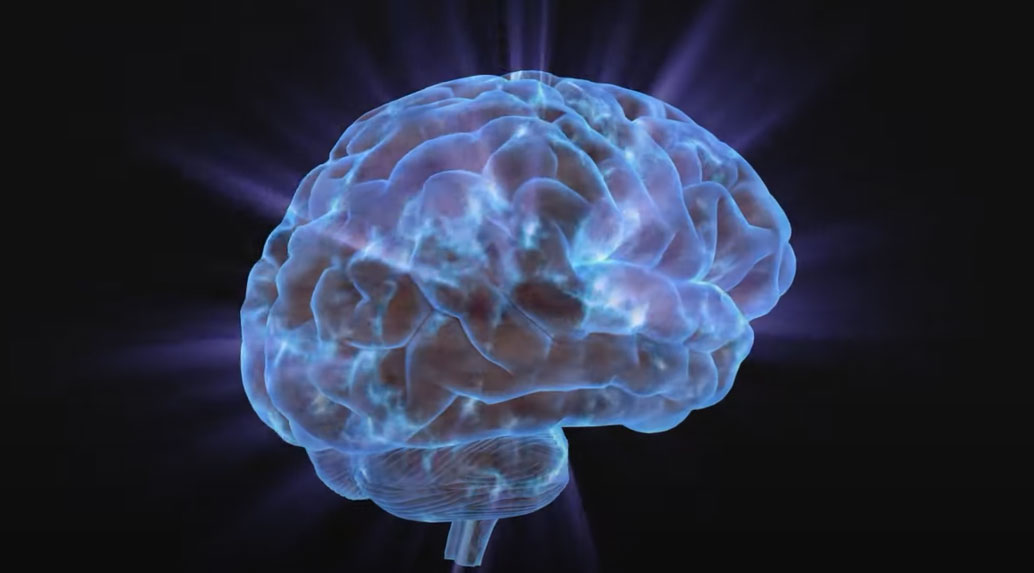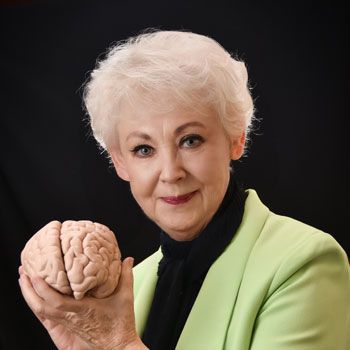Major Depressive Disorder (MDD)
©Arlene Taylor PhD
At any given time approximately 5% of the American population can be diagnosed with Major Depressive Disorder, according to Donna Israel, PhD. In adulthood, 19 million experience depressive episodes each year:
- 5%-9% being female
- 2%-3% being male
Chronic stress is a major risk factor in the development of MDD (e.g., divorce, assaults, job loss, deaths in the family, chronic pain). Depression appears unrelated to ethnicity, education, income, or marital status.
There does appear to be a genetic vulnerability: a 50% risk factor for depression. If a family member has depression, the risk doubles. The development of MDD appears to be a combination of:
- Genetic vulnerability, and being female
- Early childhood experiences
- Major life events
MDD - Female Brains | MDD - Male Brains |
• Appear to be more impacted by cultural factors. • Have a similar risk for MDD until age 12. After that 10%-18% of girls are at risk. • Adult lifetime risk is twice as high (e.g., 10%-25%). • May report symptoms such as hopelessness, fatigue, low self-esteem, and helplessness. • May have associated anxiety, panic attacks, phobias, and eating disorders. • Appear more susceptible to low levels of stress, which are more likely to result in depression. • Attempt depression-related suicide more frequently but succeed less often. • Are more likely to experience early life stress (ELS) and are more likely to develop depression as a result. • Are four times more likely to develop depression in adulthood if were abused in childhood. • Depression may occur earlier, last longer, be more likely to reoccur, and be more sensitive to seasonal changes such as SAD. | • Appear to be less impacted by cultural factors • Have a similar risk for MDD until age 12. After that 6%-8% of boys are at risk. • Adult lifetime risk is lower (e.g., 5%-12%). • Are more likely to be agitated, irritable, and self-medicate with alcohol and drugs. • Are less likely to admit depression and get treatment and are more likely to identify symptoms through work problems or impaired sexual performance (although treatment success rates are equal to those of females). • Attempt depression-related suicide less often but are more likely to succeed. • Serotonin production may be 52% higher in adolescent and adult males. |




